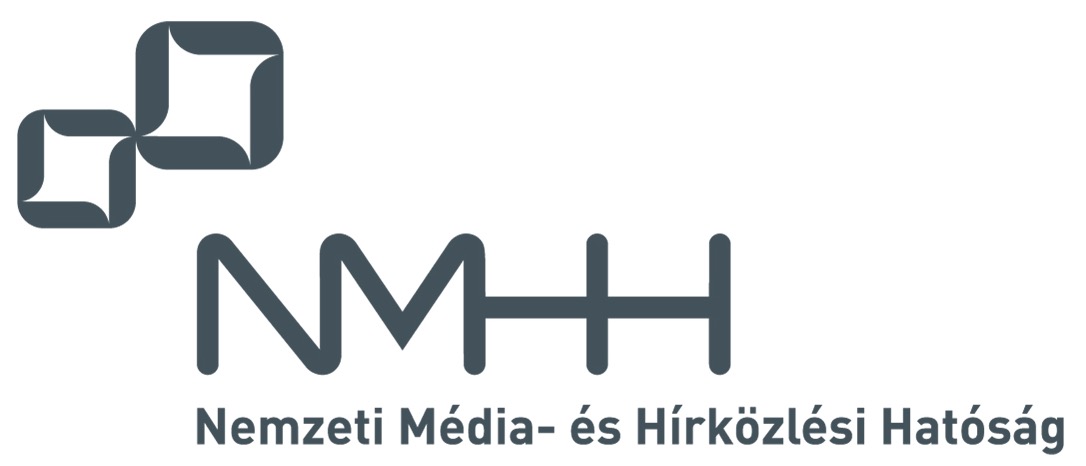2013. 1st Issue
PAPER
K. Reddy Konda and N. Conci
Global and Local Coverage Maximization in Multi-camera Networks by Stochastic Optimization 
In this paper we present a camera positioning and reconfiguration algorithm for complex indoor environments. The algorithm initially optimizes the global coverage of the selected environment in order to maximize the visibility on the entire area. Reconfiguration of the devices is then performed after the camera installation, in order locally optimize coverage according to the application requirements. Both initial coverage optimization and reconfiguration are achieved using Particle Swarm Optimization (PSO). The proposed solution has been validated in different setups, also taking into account occlusions and blocking introduced by the presence of obstacles. The achieved results confirm the viability of the approach in both positioning and reconfiguration, also in presence of considerably complex environmental geometries.
Dong-Hua Chen, Gong-Yi Huang, Yi-Ming Yang
Receivers Design for OFDM Signals under both High Mobility and Carrier Frequency Offset 
In highly mobile scenarios, mobility-induced channel time variation (CTV) will destroy the orthogonality among subcarriers in orthogonal frequency division multiplexing (OFDM) systems, which causes intercarrier interference (ICI) and thus degrades the system performance. On the other hand, carrier frequency offset (CFO) between the oscillators of the transmitter and the receiver also causes ICI. As a result, when the CFO and the channel time variation coexist, ICI caused by the two factors become more severe and thus complicate the receiver design. In order to cope with the ICI caused by these two factors, this paper investigates two receiver structures for OFDM systems. One separately addresses the effects of the CFO and the channel time variation, and the other makes an integrated compensation of the two factors. Performances of the two receivers are studied and compared through numerical simulations. Results obtained from simulations show that the separate receiver takes advantages over the integrated one, and is an appropriate option for OFDM receiver under both high mobility and carrier frequency offset.
N. Bátfai, R. Dóczi, J. Komzsik, A. Mamenyák, Cs. Székelyhídi, J. Zákány, M. Ispány, Gy. Terdik
Applications of a Simplified Protocol of RoboCup 2D Soccer Simulation 
The RoboCup 2D Soccer Simulation (RCSS) is a sophisticated soccer simulation environment introduced in [1] and implemeted in [2], [3]. For educational and other sport science purposes, we have simplified the protocol of the RCSS. With raw phrasing we would say that we have eliminated the main AI part of the AI-based RCSS simulation model in order that it can be used easily in sport science and in education of programming. In compliance with this aim, we must modify the RCSS environment. In our terminology, the suitable modified rcssserver is referred to as "lighter RCSS" [4], [5]. In this paper, the experiences of our first "lighter teams" will be presented.
DESIGN STUDIES
G. Lencse and I. Derka
Investigation of the Fault Tolerance of the PIM-SM IP Multicast Routing Protocol for IPTV Purposes 
IPTV services should use an IP multicast solution for a network bandwidth efficient delivery of the media contents. PIM-SM is the most commonly used IP multicast routing pro-tocol in IPTV systems. A short introduction to the operation of PIM-SM is given. Its fault tolerance is examined by experi-menting on a mesh topology multicast test network built up by XORP routers in a virtualized environment. Different fault scenarios are played and different parameters of PIM-SM and OSPF are examined if they influence and how they influence the outage time of an IPTV service. A formal model is given for the service outage time of the IPTV service on the basis of the results of the experiments.
M. Tatarko, L'. Ovseník and J. Turán
Software Package for Analyzing FSO Links 
This paper describes a software package called FSO System Simulator (FSO SystSim), which was designed and implemented at KEMT FEI TUKE (Department of Electronic and Multimedia Communications, Faculty of Electronics and Informatics, Technical University of Košice). Simulation of FSO communication link is very important in designing and understanding the context of such connection depending on various parameters (technically and continually changing atmospheric parameters of the transmission optical channel). FSO System Simulator consists of two basic parts. First part is about Steady model and second part is about Statistical model. Paper briefly describes these models, which are used in programming package and describes experiments carried out by the FSO SystSim.
CALL FOR PAPERS
Special Issue on Autonomic Communications
Special Issue on Cognitive Infocommunications




